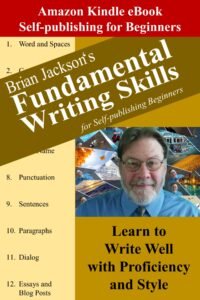To produce a list in the English language, you separate list items using commas and preceded the last element of the list with either the conjunction “and” or “or”. The comma before the concluding conjunction is known as the Oxford Comma. For example:
Three fruits are apple, orange, and watermelon.
The comma before the word “and” in the above is the Oxford Comma. And in the example:
You can write using pen, pencil, or crayon.
The comma before the word “or” is the Oxford Comma.
According to the Stunk and White Style Guide and the Chicago Manual of Style, the Oxford Comma is required. According to the AP Style Guide, it’s optional. I write without using the Oxford Comma, finding that I cannot force myself to use it. I would write the above sample sentences without the Oxford Comma as follows:
Three fruits are apple, orange and watermelon.
You can write using pen, pencil or crayon.
I’ve seen some people provide examples in which the lack of an Oxford Comma can cause confusion. I can always rewrite these examples to exclude confusion without using the Oxford Comma.
Your writing should not suffer no matter your decision. I just thought you ought to know.
P.S. The other thing I can’t stop doing is typing two spaces after a period. I learned to do so in junior high school typing class and it’s now engrained in my muscular memory.
I’ll see you in the classroom,
—Brian


















